Tales of an Indie Game Designer — After: The Machines
One day a few years ago, my brother casually mentioned how he thought it would be fun to create our own RPG game. After a bit of conversation, I understood this was not an off the cuff remark and found myself excited about the prospect. We had a number of conversations about it. Would we use an existing rule set or setting that allowed others to write content into, or would we create our very own?
We decided to build our own. Neither of us had built a game from scratch, but we have played a lot over the years. I had also house-ruled any number of decisions. For those that do not know, house-ruling in RPGs is when the game master (GM) determines a rule on the fly or establishes a rule for their game that either contravenes or is not covered by the rules themself. This is a common activity for GMs because RPGs cannot cover every single thing a player may want to do.
My brother and I bounced a few ideas around, particularly setting. What kind of game did we want? Without knowing it, we stumbled our way through answering a number of questions in the Power 19. In the early 2000s, among the indie RPG movement, a number of names in that space interacted on The Forge. Folks in the indie RPG game community — for example, Ron Edwards the creator of Sorcerer — discussed game design.
The creator of InSpectres, Jared Sorensen, posed the Big Three Questions:
- What is the game about?
- What do the characters do?
- What do the players do?
Troy Costisick developed these three into the Power 19. These are basic questions that the then indie community of game designers seemed to agree were important, fundamental questions to ask before designing a game because their answers help shape how you design the rules.
We agreed that we wanted a system that was easy to run and rule in along with a decent amount of crunch — rules for various activities and modifications to basic rules. We always approached it from a skill-based game versus a class-based game. I think because it was just in our gaming DNA. Our first mechanic we decided was a bit too fiddly. I listened to numerous episodes of the Mud & Blood podcast — particularly their reviews but some of their game design episodes as well.
As we were working along, I had an idea for a fantasy novel trilogy and was immediately struck by it as a setting for our RPG. It wasn’t the original setting we planned, but the fire of creativity burned hot, so we went with it. (We had always planned on having more than one setting for our RPG.) Additionally, we altered the core mechanic substantially and developed the rudimentary skeleton for combat, magic, crafting, and a host of other things the players can do.
Meanwhile, three other things converged that resulted in the After: The Machines game. First, I had been thinking about a game setting revolving around a prison planet. I had found and read the graphic novel Cluster, which is a sci-fi story set on a prison planet, and developed some concepts for a 2300AD RPG setting. While that never went anywhere beyond my head, it stuck around.
Second, I became more aware of the OSR, ‘zine scene. Party First and Mothership RPG, both of which I reviewed for Black Gate, are a couple of those. The ‘zine scene hearkens back to the early days of RPGs in a number of ways, one of which is the smaller format (instead of 8-1/2 x 11, ‘zines are typically 5.5 x 8-1/2). Sometimes they have art but they tend to be no frills sorts of books. Because of their small format and — usually — saddle-stitch binding, they are often made at home by enthusiasts and are typically rules light. You can only fit so many rules into 64 pages.
Third, Mörk Borg. This game, created by Pelle Nilsson and Johan Nohr and published by Free League Publishing, released in 2019. It is now a phenomenon. Selling like hot cakes, spawning an industry of third-party material, this doom metal game found a place with in the hearts of the community. The game is set as the apocalypse nears — and you cannot avoid it. OSR games do not worry about balance all that much, and character death is a more accepted consequence in these settings. The other thing Mörk Borg did was to toss out most of the rules of composition. Its pages are replete with change fonts, tilted words or lines, and all sorts of non-standard text composition. Nohr, who designed it, knew exactly what he was doing though, for he has designed and worked on numerous other standard RPGs, and the starter dungeon, “Rotblack Sludge,” is a model in composition.
What Mörk Borg really did for me in terms of game design, however, was to give freedom to not only design but also tone. I highly recommend Mörk Borg, and the entire game has a delicious tone. Character classes include “Gutter born scum” and “ Fanged deserter.” Tables are full of harrowing, gruesome imagery. For example, a table for a backstory includes, “Very recently murdered a close relative. Very recently.” From another table: “You insist on telling everyone you are a nihilist and explaining why.”
This all led to me taking and adapting the prison-planet concept and writing an OSR-, Mörk Borg-, Mothership-, and Party First-inspired rule set that is After: The Machines. With no artistic art skills of my own, but possessed with the bravado of making the pages visually interesting, I dove in.
The tag line for it is, “Dying is easy. Surviving is hard,” and the premise is that your character is on a prison planet. Generations of people have lived here under the thumb of a villainous AI and its robot army — generically called the Machines. One day, it ends. The Machines lose control. What happens to society in this case? Can they escape the planet? Do they rebuild society and what does it look like?
My original thinking about the game was that it would be focused on one-shots and con games. Players show up, take 10 minutes to roll a character, and jump into an adventure where they are unlikely to live through the game unless they apply a lot of skill and have some luck. Hence, the game is deadly, does not worry about balance, and opponents are stronger than the characters.
Each character has six attributes: Strength, Toughness, Dexterity, Wits, Intuition, and Resolve. Each rank in that attribute is associated with a die level: D4, D6, D8, D10, and D12. The higher the better, for players are trying to roll higher than a target number, 3, 5, 7, or 9. If a player has a skill, each rank in the skill increases the die used. For example, Jorx wants to climb the wall. The Overseer says this is a Strength and Athletics check against target number of 5. Jorx’s character has a D6 in Strength and 1 in the Athletics skill. Thus, Jorx rolls a D8. Five or better and they succeed. Anything else, they fail. Disadvantages and Advantages follow the Dungeons & Dragons model: Roll two dice and go with the higher (Advantage) or lesser (Disadvantage) result.
The meta currency is Steel, which players can spend to re-roll dice or avoid a critical injury, which can be brutal. However, every time a player rolls a fumble (a 1), they lose a point of Steel. Recovering Steel is possible but not easy. The intent is to force players to manage that resource — be careful what you spend it on, for you might need it later.
The game is nearly all player facing, by which is meant the GM does not roll. Hence, in combat, the player rolls against the opponent’s NPC Attack Rating. Roll that number or higher and they hit. If the GM says an NPC is attacking a player, then the player rolls against the NPC Defense Rating. They need to roll under that to avoid getting hit. I would also have the players roll any damage. In fact, they could roll both their Armor defense (if they have armor) and the Damage dice simultaneously. Any NPC armor is presumed in their Attack Rating.
RPG game design writing is a mixture of creative and technical writing. One must successfully relay rules, concepts, and details in a clear, coherent, and discoverable manner. At the same time, the setting, the flavor text (snippets from fictional books and characters), and character descriptions pull from the creative writing side of things. Writing random tables is an interesting sort of joy. RPG books often provide staid, unadorned prose. That makes sense from the technical communication standpoint. Even Cyberpunk Red, as rich as its tone is in cyberpunk feels, uses mostly traditional ways for stating rules and providing tables. The OSR community has tended to bake tone into its products more. Mothership and Mörk Borg in particular drip flavor throughout. You cannot pick up a page of Mörk Borg without it hitting you — as the back cover states — like a spiked flail to the face.
Hence, much of After: The Machines is inspired by that technique. Provide as much of the tone in the technical writing aspects as possible. That Critical Injury chart should feel like it is part of the game’s world and tone. That set of Machine responses should feel like it is part of the game.
The setting of the game is left largely undefined. The specific dome the players start in is described in broad strokes. The origins for characters, the random Machine responses (for example, “Shouts about rioting in the other domes and how it will kill all prisoners, but does nothing”), types of weapons, the crude cyberware, and other aspects of the text carry the broader burden about the setting.
This approach allows the game to focus on delivering the rules quickly and concisely, provides just enough info to point the GM and players in the right direction, but leaves the rest open to the imagination. GMs and players can always choose to ignore setting info (I often manipulate base setting info to suit my purposes or steer clear of major canonical events — i.e., my Star Wars players do not visit the Death Star during the events of the films). The goal is to go from sitting down at a table and getting gaming as quickly as possible. Something Party First, Mothership, and Mörk Borg excel at — and I think After: The Machines is pretty good about that as well.
The game is currently in beta mode and thus is not in its final form, but we have made it publicly available (it’s free) at DriveThruRPG. If you’re interested in it, you can give it a try — it even has a starter scenario. I hope to run sessions of it some day at Gen Con, during which I’ll have a pad of PC “Death Certificates” — died at the hands of a Behemoth Machine who blew them up with a grenade — like the tag says, “Dying is easy. Surviving is hard.”
Patrick Kanouse encountered Traveller and Star Frontiers in the early 1980s, which he then subjected his brother to many games of. Outside of RPGs, he is a fiction writer, avid tabletop roleplaying game master, and new convert to war gaming. His last post for Black Gate was Surviving the Sci-Fi Horror of Mothership, Maybe. You can follow him and his brother at Two Brothers Gaming as they play any number of RPGs. Twitter: @twobrothersgam8. Facebook: Two Brothers Gaming and Solo Traveller Game
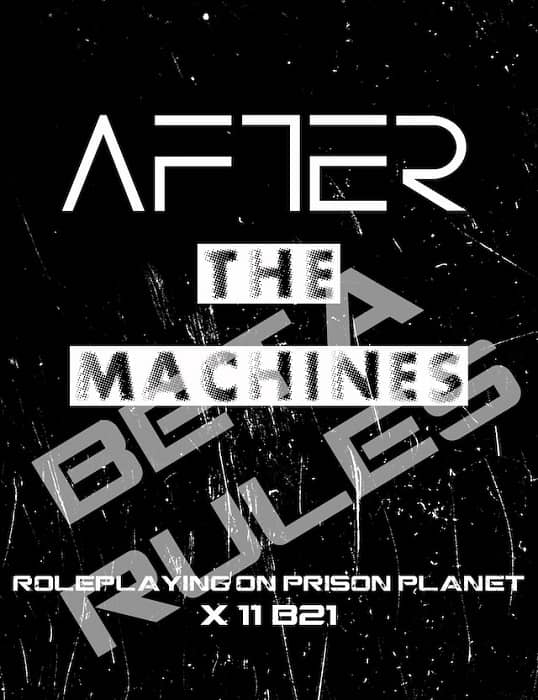
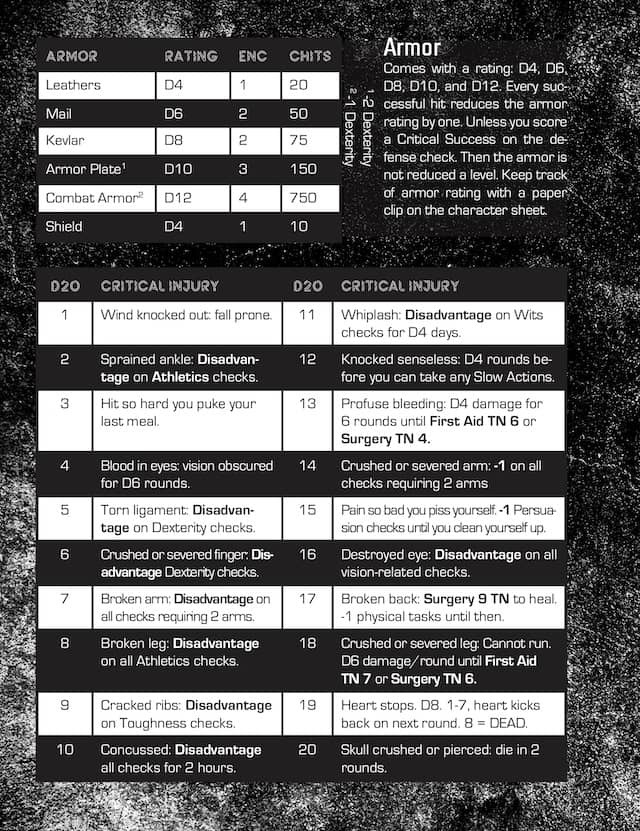
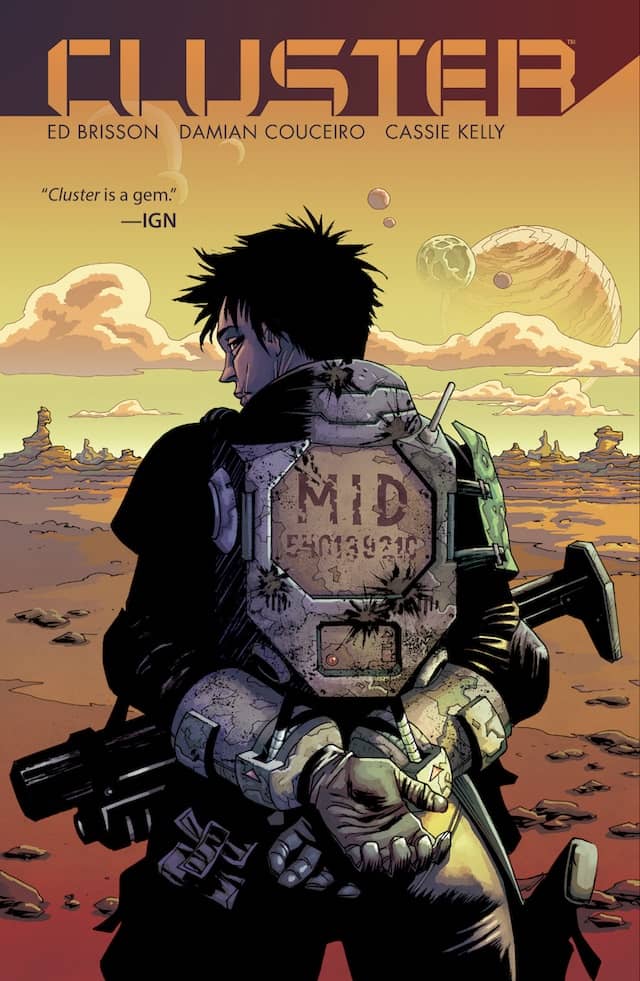
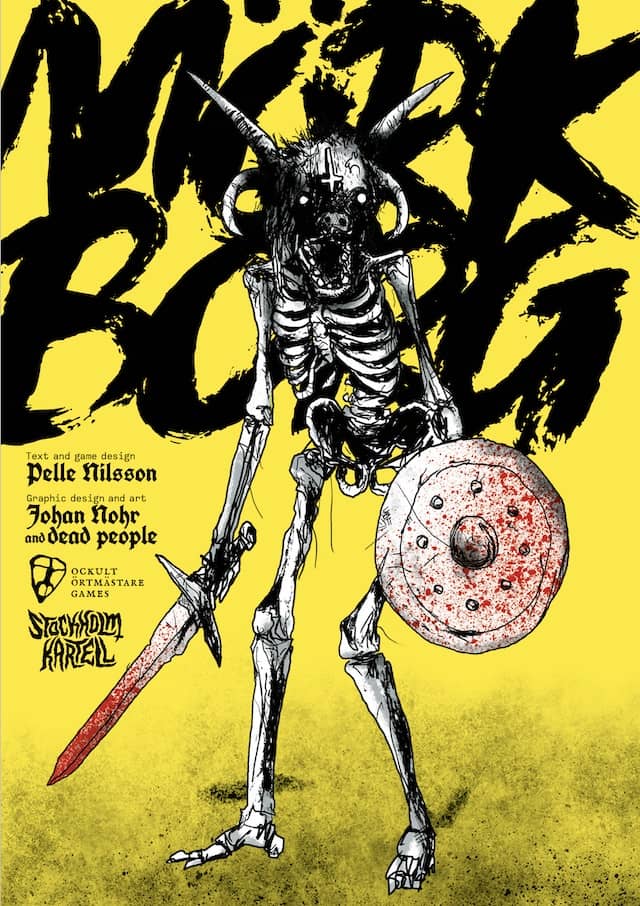
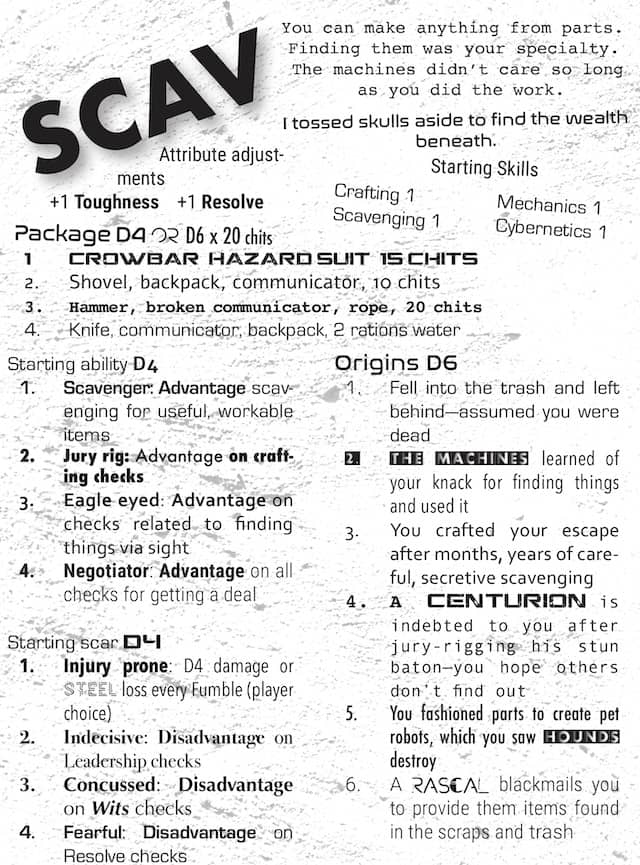
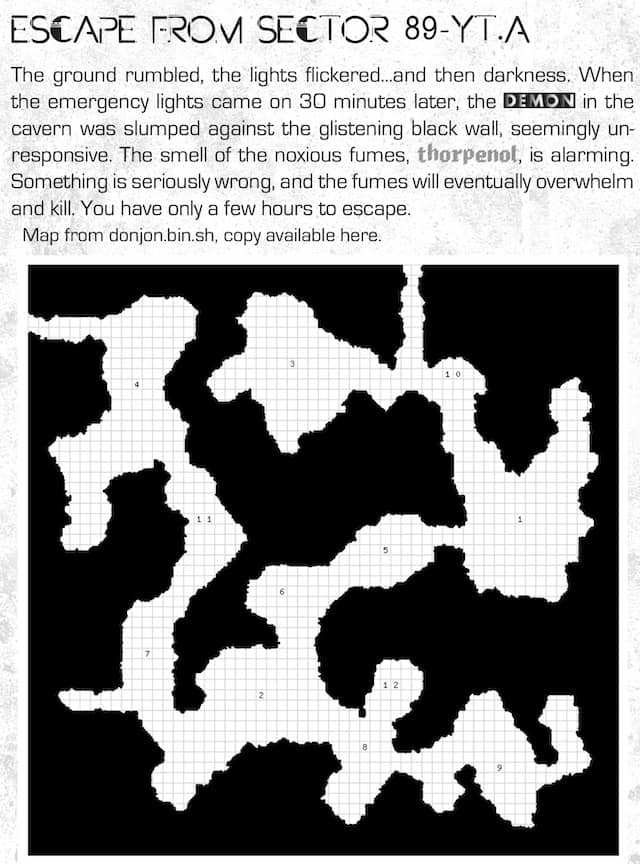
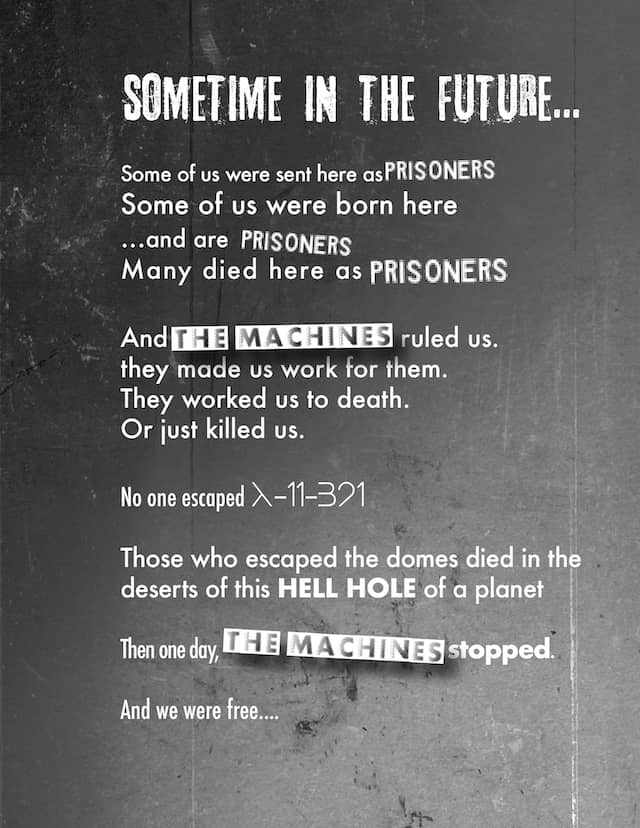
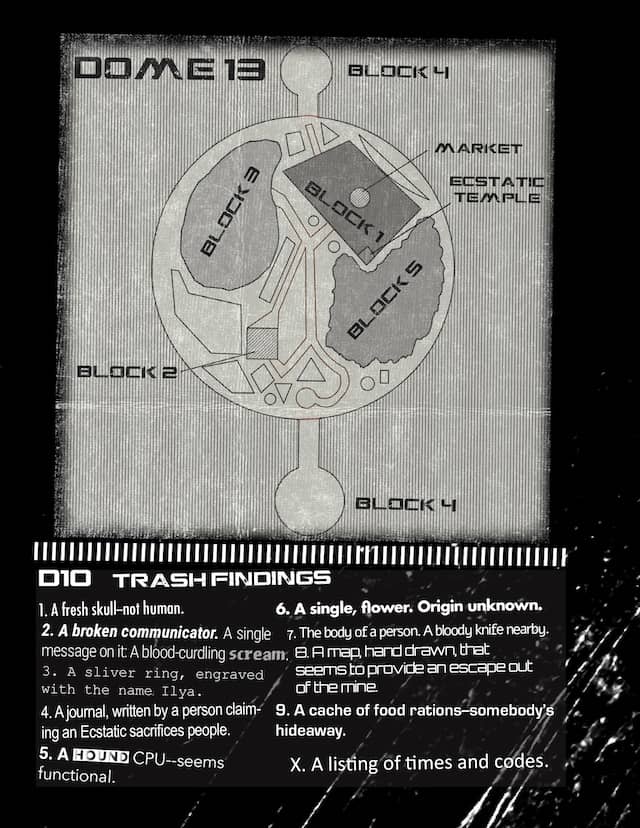
Congratulations, Mr. Kanouse, to you and your brother on getting your game written and published! Let us know where you are running it (GenCon, and other conventions?) and how those sessions go.
And I hope you have an easy time with “player facing” games. I still hold onto some dice when running Powered by the Apocalypse games, which makes me look like Humphrey Bogart’s crazy Capt. Queeg of The Caine Mutiny with his ball bearings. Fortunately, I have the Everway Fortune Deck to keep me “in the game”, too.
Thanks Eugene! I do hope to run some sessions at Gen Con (and possibly Who’s Yer Con–but that would be virtual in 2021). The notion of player-facing games is interesting–and I definitely like my piles of dice and rolling when I GM other games.
Congrats on completing the Beta mode of your game. It’s a major accomplishment just to finish a game. I hope it is very successful for you.
Thank you Troy! It was a heck of a lot of fun to make. I’ve already got ideas for an OSR-inspired espionage game….
Thanks for the mention! Just to clarify, the 3 Big Questions are:
1) What’s your game about?
2) How does it go about it?
3) What behaviors does it reward or encourage?
Site and game looks very cool. Good luck with both! — J
Jared, thanks for reading and commenting! I appreciate you setting the record on the three questions. What I originally wrote was what I had found…and the 3 questions definitely seems to have taken on a life of their own. Appreciate the actual 3 question original text.
Interesting (?) historical note, questions 1 and 2 are taken from Ebert’s Law:
“A movie is not about what it is about. It is about how it is about it.”
Ooh. I like that quote.